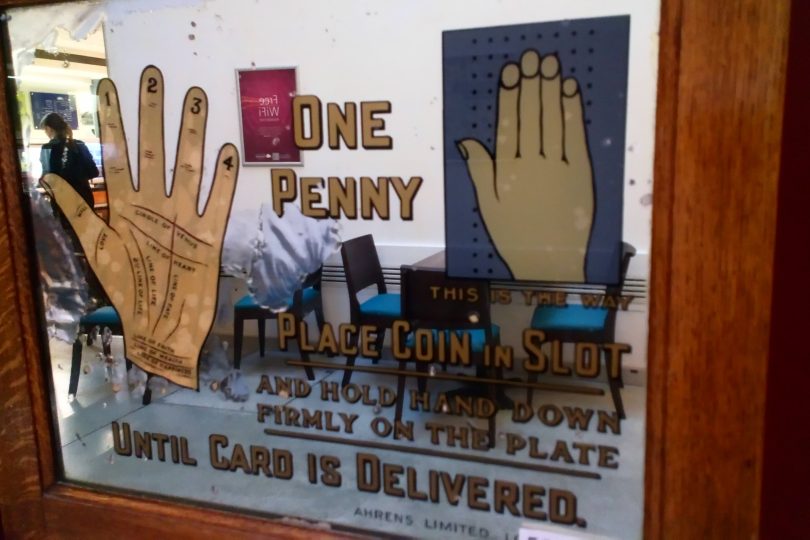Historically, and globally, the toy has tended to occupy a material-cultural position between the ritual object and the instrumental tool, neither fully sacred nor simply functional. Public and scholarly engagement with automata and simulacra (self-moving artefacts) over the centuries suggest a broad imaginative or conceptual grasp of the toyetic that is analogous to its liminoid state: just as the toy and the toy-like exist between the persistent categories of the tool and ritual object, there is a toyetic psychology, a mode of thinking and playing with technology that does not fit into the modern binaries of rationalism/religion, scientific thinking/magical thinking, knowledge/belief, truth/deceit. The mix of credulity and curiosity in the audiences for eighteenth century automata (von Maelzel’s Chess Player for example) resonates with that for magic shows, modern divination technics such as horoscopes and Tarot, as well as for the scientific wonders of optical toys and proto-cinematic devices, and their descendants such as CGI special effects, and the novelties of virtual and augmented reality systems.
This toyetic attitude should not be reduced to simple notions either of the ‘suspension of disbelief’ in spectacular popular culture, or to some persistence of the ‘magical thinking’ of young children and pre-industrial societies. We see instead a more generative grasp of, and working with, these machines: a delight at being tricked, inseparable from wonder at the illusion and a simultaneous desire to know how it was achieved. In simulacra and automata, the ‘magic’ lies in the sophisticated and novel mechanism itself, preternatural not supernatural. There is a play across the surface effects (the porcelain face and velvet costume, the uncannily animated chess pieces, the CGI wonders) and the revelation of the inner workings (the programmable brass spine, the mirrors and trickery, the ‘making of…’ documentary films that accompanied early CGI blockbusters).
And we’re close here to the kind of thinking that grasps the behaviour of toy automata as sort-of life: the child is not fooled that the device is alive, but neither is its movement simply a ‘dead’ mechanical effect. But this is not ‘animism’ in either the anthropological sense nor again the ‘magical thinking’ of very young children’s play with toys; the distinction between the animate and the inanimate, the subject and the object pertains, but it is a liminoid zone rather than a hard border. Whatever animism is at work in children’s play it is completely bound up in the exercise of control and manipulability, an achievement of the child’s imagination, motor behaviour and the mechanical / material characteristics of the toy. Remove the latter from the reach of the former and playful animation ends. In actual toys this desire is channelled through the hands as well as the imagination.
Philosophical (optical) toys present a different perspective on the veracity of illusion: they epitomise a hands-on examination of the preternatural in technology and nature, that is to say, we know these devices are not supernatural or magical, but they concentrate and render graspable the wonderful and the spectacular in physical reality, from the properties of light to the human sensorium.
Excerpt (very slightly adapted) from Seth Giddings (2024) Toy Theory: technology and imagination in play. Cambridge MA: The MIT Press. 170-171. Chapter 5: Robots: OPEN ACCESS
